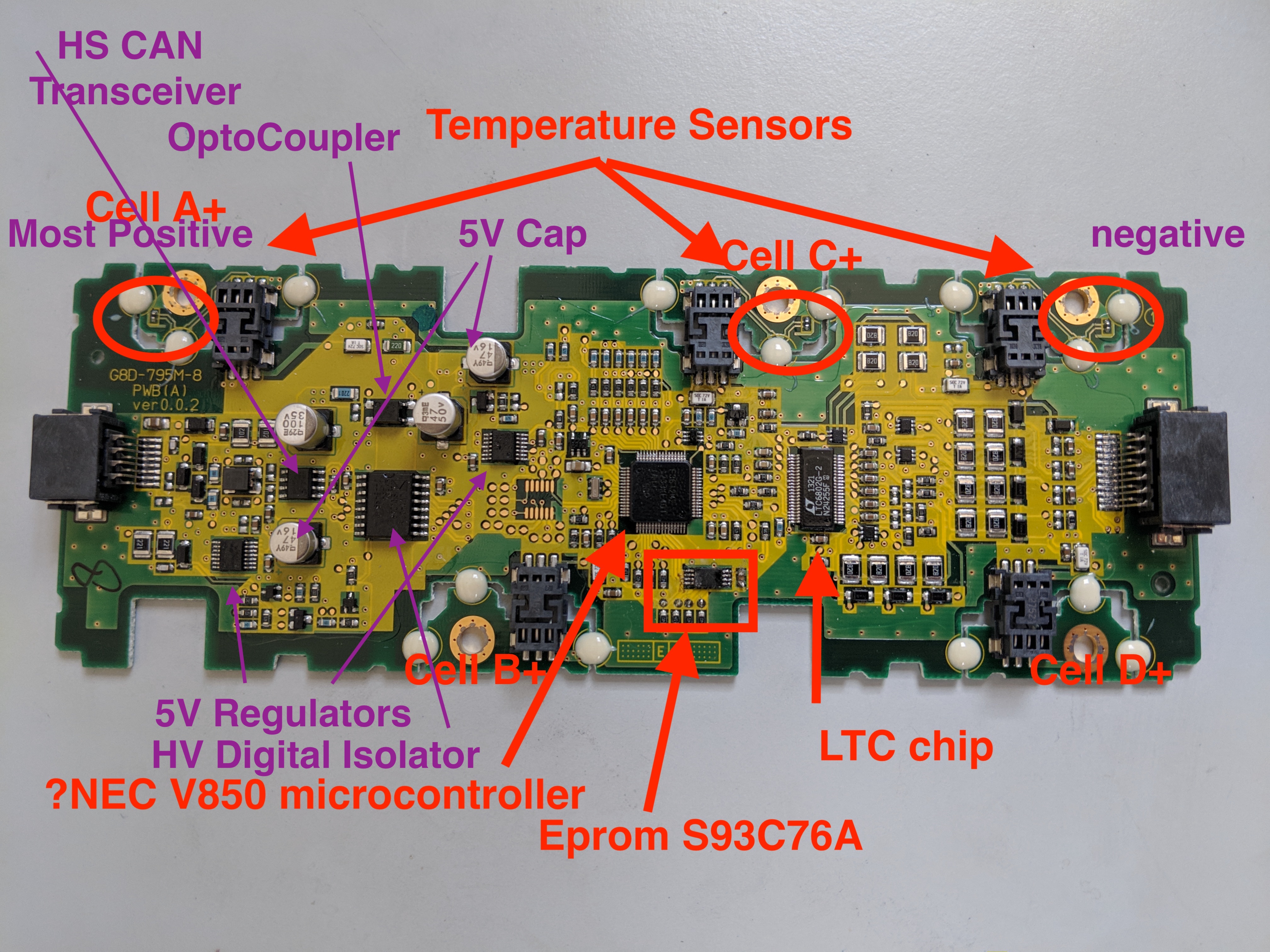Joel_1885
Experienced Electronic tech, first time EV
Yes i was quoting a different code.What Mickey said!
My code definitely changes the capacity.
The latest version changes it to 83.7Ah
Code:Stuff
This is interesting. So by changing the value in that code to whatever number i wish, i can change the capacity? This is with a CAN device between BMU and the car?
There is not reason not to upgrade the car to the latest battery technology, so this is very good. Thanks for your hard work so far










